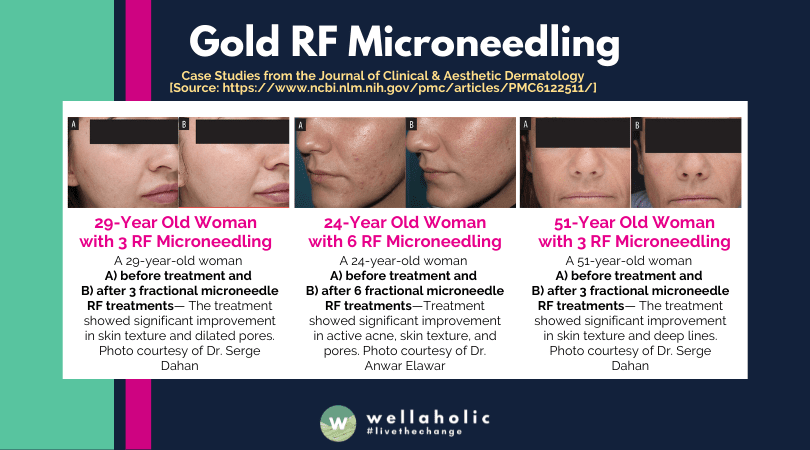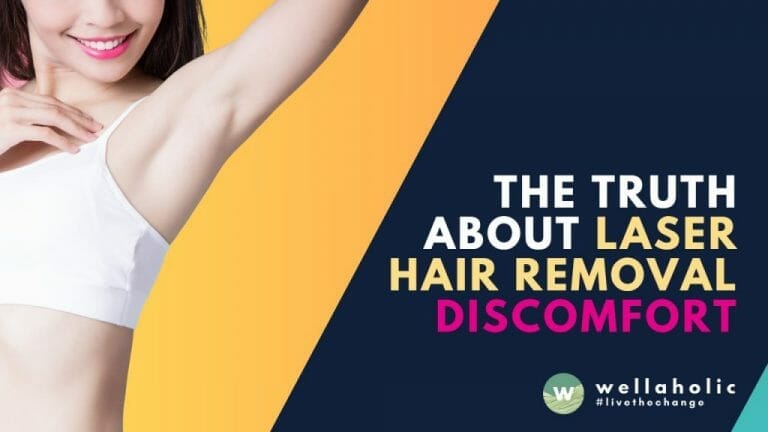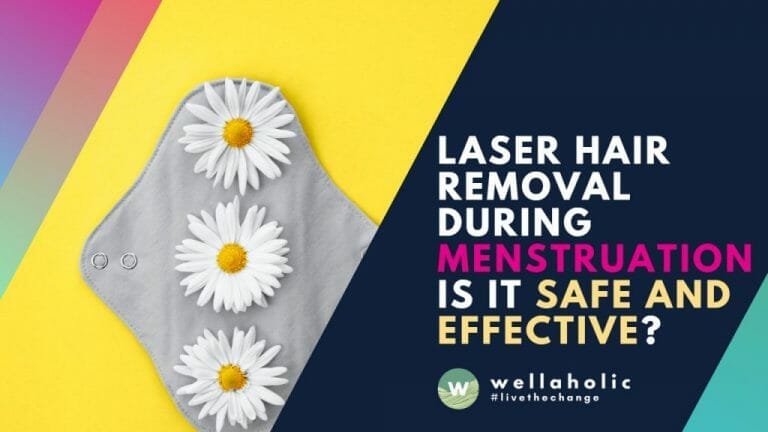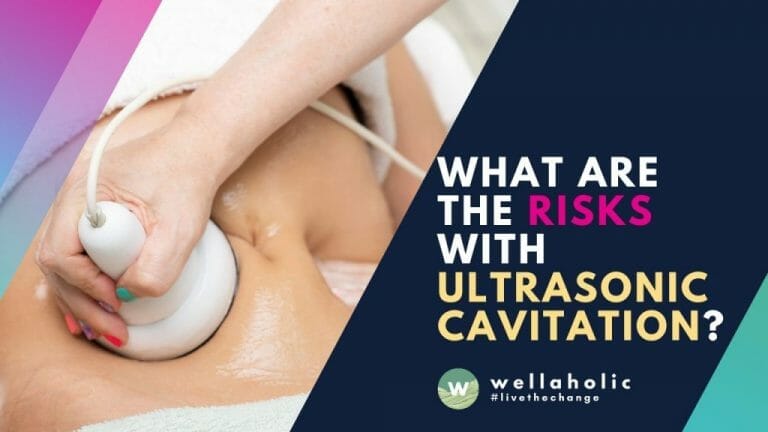
Acne Scar Treatment for Asian Skin – What Are the Best Options?
Table of Contents
- 0.1 TL:DR Summary
- 0.2 Introduction
- 0.3 What are acne scars?
- 0.4 Why Asian skin is different and may require different treatments
- 0.5 Table: Different Characteristics of Asian Skin and How They Can Be Improved
- 0.6 Treatment for acne scars
- 0.7 Personalized Approach to Acne Scar Treatment
- 0.8 Table: Different Kinds of Acne Scars and How They Can be Treated
- 0.9 Microneedling is effective in treating acne scars
- 0.10 Conclusion
- 0.11 Frequently Asked Questions (FAQ)
- 0.12 Book Now Pay Later
- 0.13 Gold RF Microneedling Facial
- 1 Flawless Solutions: Exploring the Best Acne Scar Treatment Options for Asian Skin in Singapore
TL:DR Summary
- Asian Skin Challenges: Higher melanin levels in Asian skin increase severity of acne scars.
- Scar Types: Ice pick, boxcar, rolling, hypertrophic, keloid scars each need different treatments.
- Effective Treatments: Laser resurfacing, microneedling, chemical peels, subcision improve skin texture and appearance.
- Treatment Nuances: Multiple sessions and proper aftercare are crucial for optimal results and safety.
- Microneedling Benefits: Targets various scar types, affordable, minimally invasive, and has short recovery time.
- Tailored Approaches: Treatments for Asian skin must consider unique characteristics like melanin levels and dermis thickness.
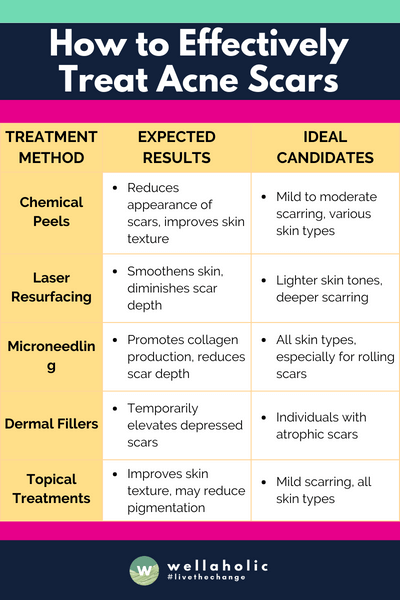
Introduction
In my years at Wellaholic and before, I’ve met many clients with Asian skin seeking acne scar treatments. Asian skin is unique. It reacts and heals differently. I’ve learned this not just from books but from real conversations and seeing real results. People often ask me, “What’s the best way to treat acne scars on Asian skin?” I’ve found some methods work better than others.
In this article, I’ll share insights on the best options for treating acne scars on Asian skin.
We’ll look at what works, what doesn’t, and why some treatments are preferred. This is based on my experience and the latest research. I aim to keep things simple and clear. Let’s dive into the world of acne scar treatments together.
“Beauty isn’t skin deep – it starts with healthy, glowing skin. Let’s take the extra step for Asian skin to get rid of those pesky acne scars!”
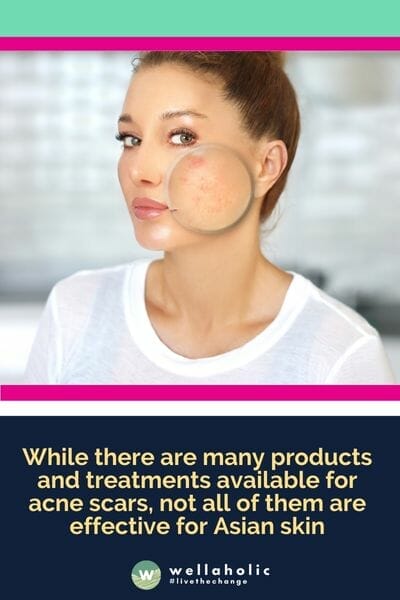
What are acne scars?
Understanding Acne Scars: Types and Characteristics
Understanding acne scars is crucial in my field. They often appear after a pimple heals, leaving either a mark that’s raised or indented.
Hypertrophic Scars
Raised, or hypertrophic, scars stand out because they’re thick and red. They form when your skin goes a bit overboard, making too much collagen where the pimple was.
Atrophic Scars
Indented, or atrophic, scars sink down into the skin. They can look white or pink. These happen when the skin doesn’t make enough collagen as the pimple heals. Sometimes, how the skin heals or its natural stretchiness plays a role in these scars.
Knowing the type helps us decide on the best treatment
Gold RF Microneedling may be a relatively new procedure, but it already holds a world of potential to revolutionize skincare!
Why Asian skin is different and may require different treatments
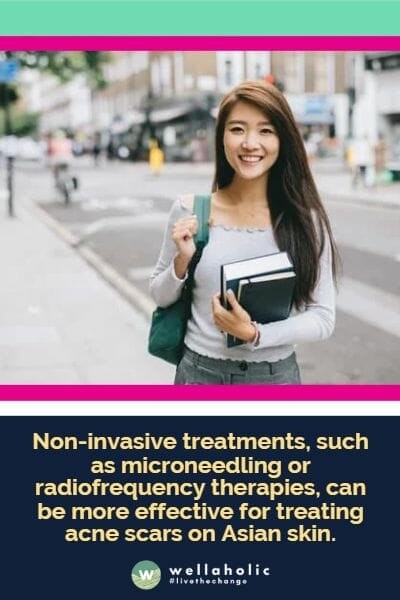
Unique Characteristics of Asian Skin and Acne Scars
Asian skin possesses distinct qualities that differentiate it from other skin types. These characteristics, including thickness, texture, and hyperpigmentation tendencies, present unique challenges when it comes to treating acne scars.
Melanin and Hyperpigmentation
In my time at Wellaholic, dealing with Asian skin has taught me a lot. This skin type often has more melanin, which makes it more likely to get dark spots after acne. It’s a common concern among our clients.
When it comes to treating acne scars on Asian skin, we tread carefully. Treatments like chemical peels or lasers can sometimes make hyperpigmentation worse. So, we always consider the safest options.
Thicker Dermis Layer
Based on my experience, working with Asian skin has offered unique insights. The thicker dermis layer of Asian skin requires careful consideration when choosing treatments.
Not all laser treatments work well with this skin type. They might not reach deep enough to effectively treat scars. This has guided us to select and tailor treatments that are just right for our clients.
Considerations for Treating Acne Scars on Asian Skin
Working with a diverse customer base at Wellaholic, I’ve learned how crucial it is to tailor treatments to specific skin types, especially when it comes to Asian skin. Asian skin can react differently to certain treatments, particularly concerning acne scars.
When recommending topical treatments, I always suggest products that are gentle. Harsh ingredients can trigger hyperpigmentation, a common concern. It’s about finding that balance – effective enough to heal scars but gentle to avoid unwanted side effects.
For tackling acne scars, I often lean towards non-invasive options like microneedling or radiofrequency therapies. These treatments work well with Asian skin, encouraging healing without being too aggressive. Sometimes, combining different treatments can offer the best results, addressing scars deeply and on the surface. It’s about creating a personalized plan that respects the skin’s needs and healing process.
Table: Different Characteristics of Asian Skin and How They Can Be Improved
. You can refer to the table below which shows the different characteristics of asian skin and how they can be improved:
| Skin Characteristic | Nature of Asian Skin | How to Improve |
|---|---|---|
| Thickness | Asian skin tends to have a thicker dermis layer | Use lightweight and non-greasy moisturizers and avoid heavy, occlusive products that can clog pores |
| Hyperpigmentation | Asian skin has more melanin, making it more prone to dark spots after acne breakouts | Use products with skin-brightening ingredients, such as vitamin C or niacinamide, and avoid harsh treatments that can exacerbate hyperpigmentation |
| Oiliness | Asian skin tends to produce more sebum, which can lead to acne breakouts | Use gentle, non-comedogenic products and incorporate oil-absorbing ingredients, such as salicylic acid or clay masks, into skincare routine |
| Sensitivity | Asian skin can be more sensitive and reactive to certain ingredients and treatments | Patch test new products and avoid harsh exfoliants or treatments that can damage the skin barrier |
| Aging | Asian skin tends to show signs of aging later in life but can experience deeper wrinkles and loss of volume | Use products with anti-aging ingredients, such as retinoids or peptides, and consider non-invasive or invasive treatments, such as microneedling or fill |
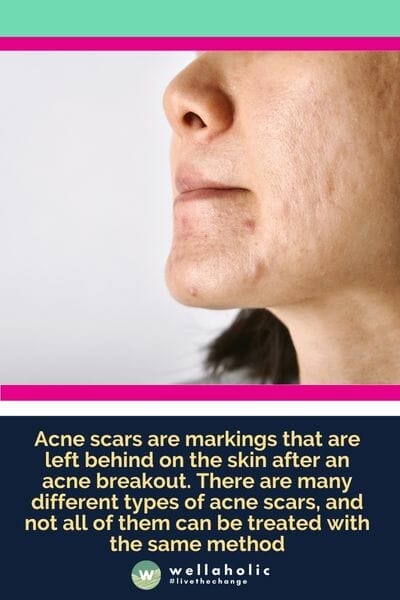
Treatment for acne scars
Understanding Acne Scars: Types and Varied Treatment Methods
Acne scars are lingering marks left on the skin following an acne breakout. There exist diverse types of acne scars, and not all can be effectively treated using the same approach. Several common treatments for acne scars include chemical peels, laser resurfacing, and dermal fillers.
Chemical Peels for Shallow Scars
In the past few years, chemical peels have been a cornerstone treatment. They work by applying a special chemical solution to peel off the top layer of skin. It’s a straightforward process that helps refresh the skin’s surface. Especially for shallow scars, this method encourages the skin to shed and renew. It’s amazing to see how it can transform the skin, making it smoother and more even.
Dermal Fillers for Rolling Scars
In my time at Laser Aesthetics (Australia), I’ve seen how dermal fillers can transform skin. They involve injecting substances under the skin. This fills out the dips acne scars leave behind. It’s especially good for rolling scars, making the skin look smoother.

Personalized Approach to Acne Scar Treatment
When addressing acne scars, it is crucial to tailor the treatment to the individual, considering their specific scar type and severity.
- Each person may have a unique combination of scar types, necessitating a customized approach.
- By assessing the individual’s scars and understanding their unique needs, healthcare professionals can recommend the most suitable treatment options.
Table: Different Kinds of Acne Scars and How They Can be Treated
For a good reference on the different kinds of acne scars and recommended treatments, please refer to the table below:
| Acne Scar Type | Description | Treatment Options |
|---|---|---|
| Icepick | Deep, narrow scars that resemble small puncture wounds | Invasive treatments such as punch excision, subcision, or TCA cross, or non-invasive treatments such as microneedling or chemical peels |
| Boxcar | Broad, shallow depressions with well-defined edges | Invasive treatments such as punch excision, subcision, or laser resurfacing, or non-invasive treatments such as microneedling or dermal fillers |
| Rolling | Wide depressions with sloping edges that give the skin a wave-like appearance | Invasive treatments such as subcision or laser resurfacing, or non-invasive treatments such as microneedling or dermal fillers |
| Hyperpigmentation | Dark spots or discoloration left behind after an acne breakout | Topical treatments such as retinoids or hydroquinone, or non-invasive treatments such as chemical peels or laser treatments that target pigmentation |
| Texture Irregularities | Uneven skin texture caused by scarring or enlarged pores | Non-invasive treatments such as microneedling or chemical peels, or invasive treatments such as laser resurfacing or dermabrasion |
Note: The best treatment option for each individual may vary depending on the severity and type of acne scars, as well as their skin type and overall health.

Microneedling is effective in treating acne scars
What is microneedling and how does it work?
Microneedling is a technique I often recommend for acne scars. It involves a device with tiny needles that puncture the skin. These punctures trigger the skin’s healing process, boosting collagen production. Collagen is essential for skin strength and elasticity, making microneedling effective in improving skin texture and appearance.
Is microneedling safe and what are the side effects?
Regarding safety, microneedling is quite reliable with minimal side effects. It’s crucial, though, to use sterile needles and be mindful of any allergies to the materials. Post-treatment, it’s best to avoid the sun, alcohol, and harsh skincare products for a bit. The most common side effects include redness, swelling, and a bit of discomfort, but these typically fade quickly.
Choosing microneedling for acne scars is wise because it works on various scar types and can also address wrinkles, large pores, and pigmentation issues. It’s less invasive and more affordable than lasers or surgery, with a quicker recovery time. While results can differ based on scar severity and skin type, many see significant improvements after a few sessions.
Why choose microneedling for acne scars?
Microneedling is a treatment that can help reduce acne scars. It uses a device with fine needles that make tiny holes in the skin. These holes stimulate the body to heal itself and produce more collagen.
Collagen is a protein that gives the skin strength and elasticity. By increasing collagen, microneedling can improve the texture and appearance of the skin.
Conclusion
In conclusion, treating acne scars on Asian skin requires a careful, tailored approach. Chemical peels and laser treatments have proven to be the most effective in my experience. However, it’s crucial to consult with a professional who understands the unique needs of Asian skin. This ensures not just effective scar treatment but also the overall health and safety of the skin.
Frequently Asked Questions (FAQ)
What makes acne scar treatment for Asian skin different?
Asian skin can often have unique characteristics, such as higher melanin levels, which can lead to specific conditions like post-inflammatory hyperpigmentation after acne. Thus, tailored treatments are essential for effective results.
What is gold RF microneedling, and how is it effective in treating acne scars on Asian skin?
Gold RF Microneedling is an advanced skin treatment where radiofrequency energy is sent into the skin via tiny gold needles. It stimulates collagen production and skin renewal, which can help in healing acne scars. This method has shown positive results on Asian skin due to its precise targeting and minimal disruption to the skin surface.
Can all types of acne scars be treated effectively with gold RF microneedling?
While Gold RF microneedling is highly effective in treating many types of acne scars, its effectiveness can vary depending on the depth and type of scarring. A consultation with a skin specialist will help determine the best course of treatment for your specific situation.
How many sessions of gold RF microneedling are usually needed to see results?
The number of sessions needed for visible results varies between individuals and the severity of the acne scarring. Generally, most clients start to see improvements after 2-3 sessions.
Are there any side effects associated with gold RF microneedling for acne scar treatment?
While most clients experience minimal side effects such as slight redness or swelling, these are usually temporary. However, as with any skin treatment, there’s always a slight risk of adverse reactions, which is why a consultation prior to the procedure is crucial.
How can I maintain my results after acne scar treatment?
Post-treatment skincare is critical to maintain and enhance your results. This typically involves using sunscreen, following a skincare regimen recommended by your skin specialist, and potentially scheduling maintenance treatments.

Serene Chiam, Aesthetic Director
Serene Chiam is the Aesthetic Director at Wellaholic, a well-known aesthetic chain in Singapore. She has more than ten years of experience in the aesthetics industry. With a Bachelor of Health Science (Aesthetics) and CIDESCO certifications, she expertly combines scientific knowledge with practical skills. Serene is known for her personalized approach to beauty, ensuring each Wellaholic client’s journey is unique and transformative. Her significant contributions have been pivotal in establishing Wellaholic’s reputation for excellence in aesthetic wellness.
Contact Serene at support@wellaholic.com
GET IN TOUCH
Book Now Pay Later

Gold RF Microneedling Facial
- ⭐ Uses Up to 64 Micro Needles. Gold RF Microneedling: Ultimate anti-aging treatment with 64 needles to penetrate the skin, release RF energy, and trigger collagen and elastin production for a clearer complexion and firmer skin
- ⭐ Safe and Minimally Invasive. Gold RF Microneedling is a safe, minimally invasive.
- ⭐ Effectively Treats Acne Scars, Pigmentation & Wrinkles. Extremely effective aesthetic treatment for treating acne scars, pigmentation, fine lines and wrinkles.
- ⭐ Stimulates Collagen Growth. Gold RF Microneedling stimulates collagen and elastin for new, youthful-looking skin.
- ⭐ Award-Winning. Wellaholic’s treatments have been recognized by top beauty publications such as Daily Vanity, Beauty Insider, and Tropika Club Magazine.
- ⭐ Over 2000 Verified Customer Reviews. Wellaholic has over 30 industry awards and over 2000 positive reviews from customers, and >50% are repeat customers.
